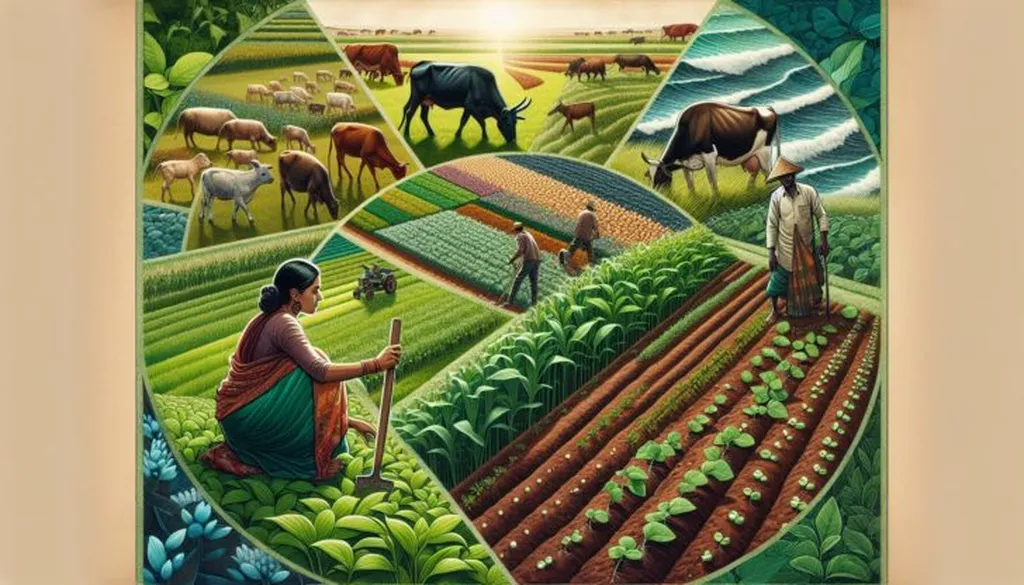In the quest for sustainable agriculture, a new study published in *npj Sustainable Agriculture* offers a fresh perspective on regenerative agriculture, a concept that has gained traction but often lacks a clear, unifying definition. Led by Kate A. Congreves of the Department of Plant Sciences at the University of Saskatchewan, the research delves into the processes of degradation and regeneration in agriculture, proposing a novel definition that could reshape how we approach farming practices and their environmental impact.
Regenerative agriculture has long been touted as a solution to the environmental challenges posed by conventional farming. However, its vague and often practice-centric definitions have hindered its potential to drive meaningful change. Congreves’ study aims to rectify this by integrating an agricultural environmental ethic into the definition, moving beyond the mere listing of practices like cover cropping, reduced tillage, or rotational grazing.
“The current definitions of regenerative agriculture are often too narrow and prescriptive,” Congreves explains. “By incorporating an environmental ethic, we can create a more inclusive and adaptable framework that supports broader agroecological transitions.”
This shift in definition could have significant commercial implications for the agriculture sector. As consumers and investors increasingly demand sustainable practices, a clear and robust definition of regenerative agriculture could help farmers and agribusinesses align their practices with market expectations. It could also facilitate better communication and collaboration among stakeholders, from policymakers to food companies.
Moreover, the study suggests that a well-defined regenerative agriculture could support the development of new technologies and practices tailored to specific environmental contexts. This could lead to more efficient and effective farming systems, ultimately improving yields and profitability while minimizing environmental impact.
The research also highlights the potential of regenerative agriculture to converge with related concepts, such as agroecology and conservation agriculture, fostering a more holistic approach to sustainable farming. By doing so, it could help bridge the gap between theory and practice, driving real-world change.
As the agriculture sector grapples with the challenges of climate change, biodiversity loss, and resource depletion, Congreves’ work offers a timely and thought-provoking contribution. By providing a clear, ethically grounded definition of regenerative agriculture, it could help shape the future of farming, supporting the transition towards more sustainable and resilient food systems.
In the words of Congreves, “Regenerative agriculture has the potential to be a powerful tool for change, but we need a robust conceptual framework to unlock its full potential.” With this study, she has taken a significant step towards making that a reality.

